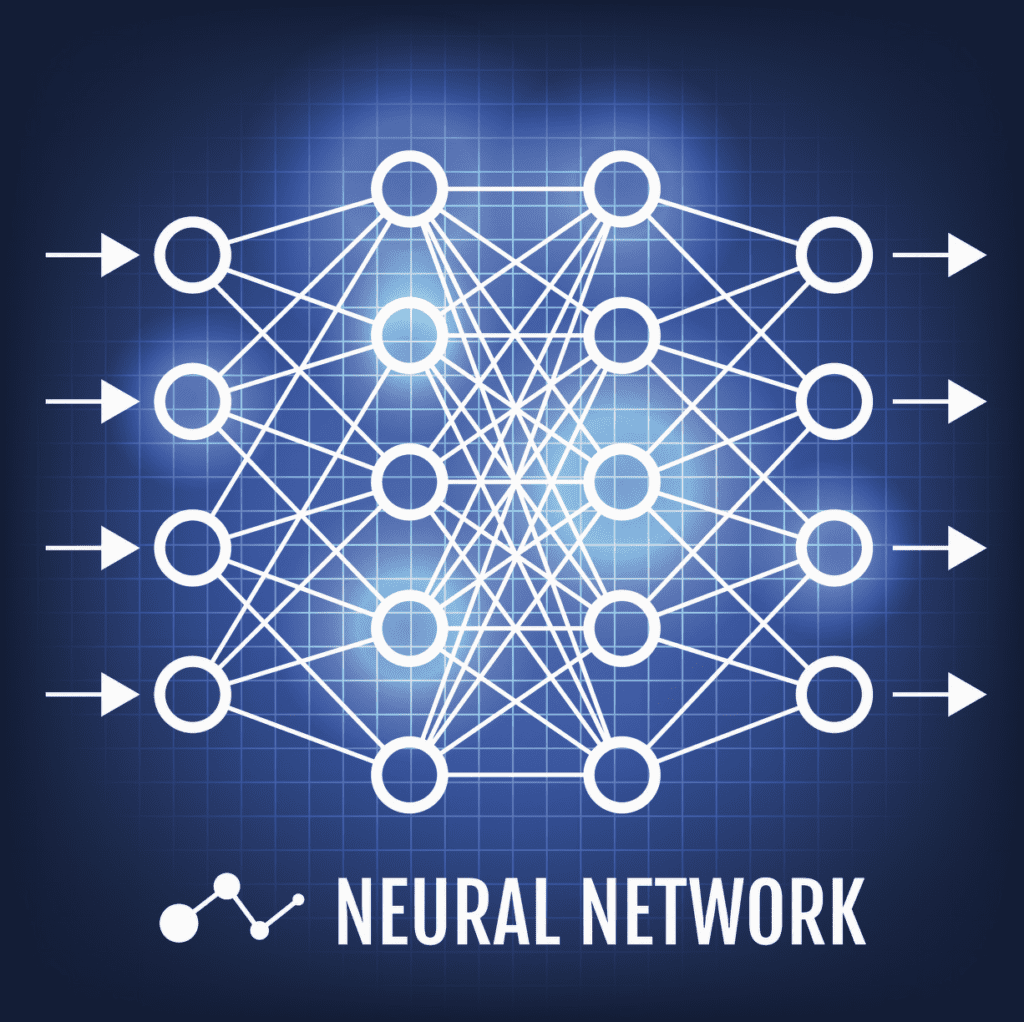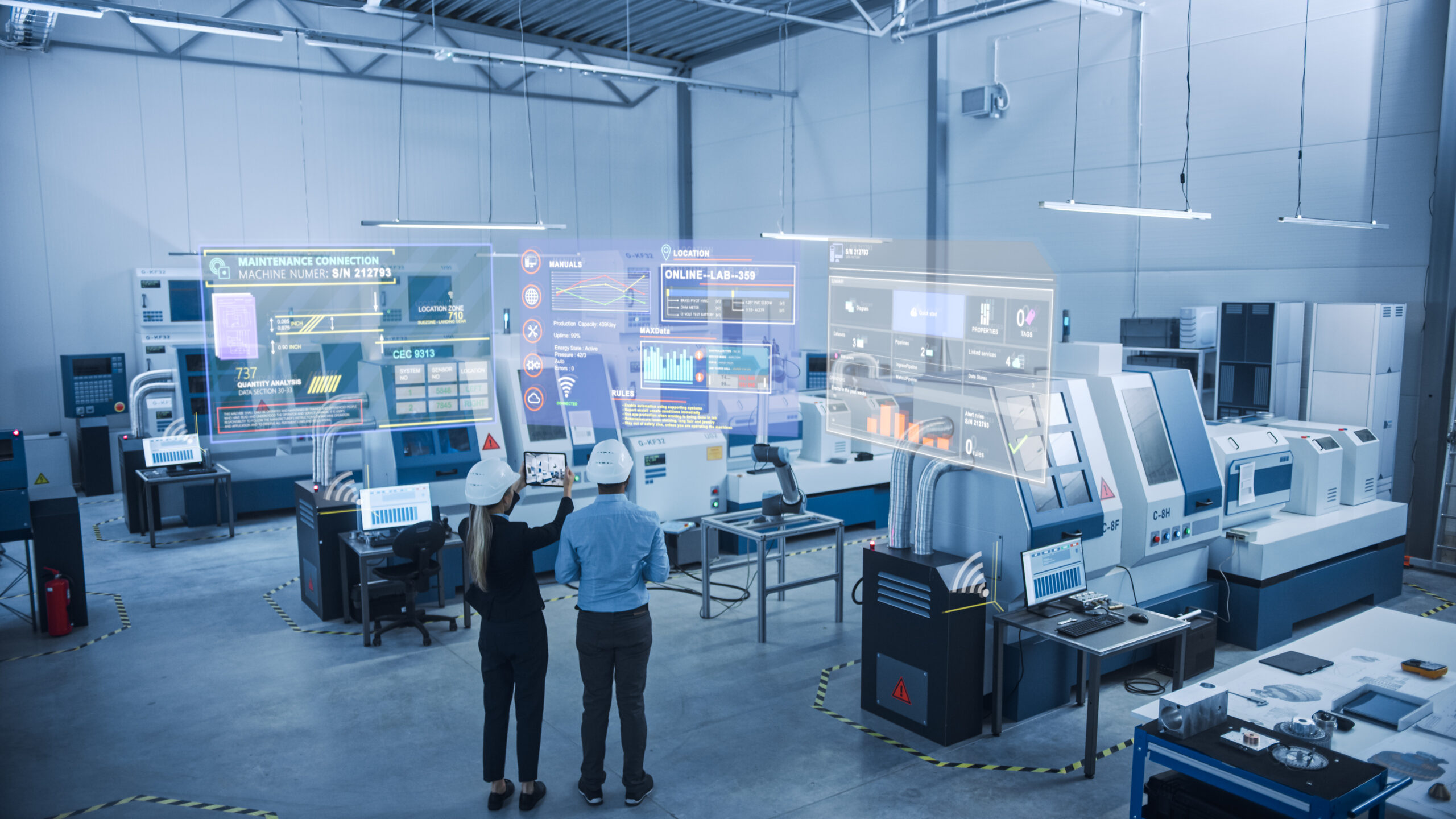AI Engineering: Reshaping R&D and Product Design
By harnessing the full range of artificial intelligence (AI) technologies, engineering teams can automate and improve their design and testing processes to build better products and pioneer innovations
Artificial intelligence (AI) is bringing new capabilities to virtually every industry and profession. And engineering is no exception.
AI offers incredible potential for helping organizations greatly accelerate and improve how they carry out their design tasks and pioneer new innovations.
As a new field with many new terms, AI engineering can mean different things to different people. In some circles, AI engineering refers to how organizations and software developers can build AI systems, which then can be used to augment other tasks. But for this post, we are focused on how engineers, designers, scientists, and researchers can use AI to improve and accelerate their innovation efforts to create better products, pioneer new technologies, and help society. This is sometimes referred to as AI-assisted engineering.
What Is AI Engineering?
AI engineering (AI-assisted engineering) involves a multidisciplinary approach that draws from computer science, mathematics, data science, and software engineering. The foundational aspects include data acquisition and preprocessing, algorithm selection and optimization, model training and evaluation, and deployment strategies.
Data plays a pivotal role, as high-quality and diverse datasets are the building blocks upon which AI models learn and make predictions. Moreover, AI engineering involves ethical considerations, as decisions made during the development process can have social and economic repercussions.
Collaboration, continuous learning, and adaptability are crucial traits for AI engineers. The field is rapidly evolving, requiring professionals to keep pace with new technologies and best practices.

How Is AI Being Used in Engineering?
AI is being extensively employed in engineering to enhance various aspects of the field. It aids in design optimization by rapidly generating and evaluating numerous design iterations, leading to more efficient and innovative solutions.
AI-driven predictive analytics can help proactively maintain industrial equipment, reducing downtime and operational costs. Additionally, machine learning algorithms are employed to analyze complex data sets from simulations and experiments, extracting valuable insights that inform decision-making and improve model based system engineering overall system performance.
From automation in manufacturing processes to aiding structural analysis and risk assessment, AI’s integration in engineering accelerates progress, fosters creativity, and refines the efficiency of engineering practices.
The foundations of AI engineering lie in the integration of diverse disciplines to create robust and efficient AI systems that help improve and accelerate innovation.
Machine Learning

Machine learning forms one of the essential cornerstones of artificial intelligence, providing the means to help computers and software learn from data and improve their performance over time.
Rooted in the field of statistics and computer science, machine learning empowers algorithms to identify patterns, make predictions, and generate insights without being explicitly programmed.
By leveraging various techniques such as neural networks, decision trees, and support vector machines, machine learning algorithms can sift through large volumes of information to recognize complex relationships within data.
This process not only enhances the capabilities of AI systems but also allows them to adapt to changing environments and novel scenarios, ultimately driving the advancement of AI beyond predefined rules and making it possible to use AI to address complex challenges across diverse domains.
Machine learning can be applied in engineering to help find new design approaches or anticipate maintenance issues. It can be particularly helpful for reverse engineering.
Deep Learning
Deep learning serves as a cornerstone to the foundation of AI, embodying a paradigm shift that has redefined the way machines understand and interact with the world.
Rooted in neural networks inspired by the human brain’s intricate architecture, deep learning empowers AI systems to autonomously learn representations of data at multiple levels of abstraction. By leveraging layers of interconnected nodes, these networks uncover complex patterns, supporting tasks such as image and speech recognition, natural language processing, and even decision-making.
The scalability and versatility of deep learning, coupled with advancements in hardware and algorithms, have propelled AI to new heights, fostering breakthroughs in fields like healthcare, autonomous driving, and scientific research.
As deep learning continues to evolve, it propels AI towards increasingly sophisticated capabilities, driving innovation and reshaping the possibilities of human-machine collaboration in how engineers and scientists design new products.
Neural Networks

Neural networks stand as a foundational pillar of artificial intelligence, emulating the intricate workings of the human brain to process and comprehend complex patterns within data.
These computational models are composed of interconnected nodes, or “neurons,” organized into layers that transform input information through weighted connections, thereby learning and extracting meaningful representations.
The advent of deep neural networks, particularly convolutional and recurrent architectures, has revolutionized AI by enabling tasks like image recognition, natural language processing, and even autonomous decision-making.
This transformative technology’s ability to adapt and improve its performance over time, driven by iterative learning processes, mirrors the fundamental principle of intelligence itself. As the cornerstone of modern AI, neural networks continue to advance our capabilities to tackle multifaceted challenges and pave the way for progressively sophisticated applications.
For engineering, neural networks can help better analyze and identify all the components of a system. Most significantly, it can infer and learn without explicit data, meaning it can identify non-linear relationships and carry out engineering task without them being fully defined.
Quantum Dynamics
Quantum dynamics, a fundamental theory governing the behavior of particles at the smallest scales, plays a captivating role in shaping the foundations of artificial intelligence (AI). At the heart of quantum mechanics lies the principle of superposition, where particles can exist in multiple states simultaneously, offering an intriguing analogy to the multidimensional nature of AI’s neural networks.
Moreover, the concept of entanglement, wherein particles become intertwined regardless of spatial separation, bears resemblance to the interconnected nodes within AI systems that collaboratively process and share information.
While quantum computing holds the promise of exponentially accelerating AI tasks, the intricate interplay between probability, uncertainty, and measurement in quantum dynamics prompts fresh perspectives on how AI algorithms might mimic the probabilistic nature of quantum phenomena.
As AI continues to evolve, insights from quantum dynamics could inspire novel approaches to engineering and product development, nurturing a symbiotic relationship between these two cutting-edge domains.
Key Processes for AI-Assisted Engineering
Using AI to accelerate research and development efforts requires thoughtful planning and the establishment of key processes and resources. To ensure success using AI to improve engineering work, organizations should account for data collection, preprocessing, model training, and real-time analysis. By understanding these processes, your R&D organizations will be better prepared to make the most from their AI initiatives.
Data Collection
For engineering, data collection involves gathering raw measurements and observations from experiments, sensors, or simulations. This data can include various types of assessments of physical phenomenon, such as computational fluid dynamics or finite element analysis.
Advanced data collection systems often utilize sensor networks and data loggers to ensure accurate and reliable measurements of equipment in use. The data collected needs to be well-organized, properly labeled, and gathered in centralized systems to ensure collaborative access and to facilitate downstream processing and analysis.
Preprocessing
The preprocessing stage is crucial to ensure that the collected data is suitable for further analysis. During this process, the raw data (often from digital simulations) is cleaned, filtered, and transformed to remove noise, anomalies, and artifacts.
Calibration and normalization techniques are often applied to standardize measurements and correct for systematic errors. Data preprocessing may also involve feature extraction, where relevant features or characteristics are captured from the raw data to reduce dimensionality and highlight important information. Proper preprocessing enhances the quality of the data and prepares it for effective model training.
Model Training
Model training involves developing machine learning or AI models to analyze the preprocessed data.
The choice of model depends on the specific experiment and the desired level of accuracy. Training involves feeding the model with labeled or unlabeled data and adjusting its parameters iteratively to minimize the difference between predicted outcomes and actual observations.
Model training requires careful validation and tuning to prevent overfitting and ensure generalizability to new data.
Real-Time Analysis
Real-time analysis is essential for experiments that require immediate insights or adjustments. In this phase, trained models are applied to incoming data in real time to provide rapid analysis and decision-making. For example, AI systems can observe the operations of digital twins and predict maintenance issues.
This process requires optimized algorithms and computational resources to process data streams efficiently. The output of real-time analysis can guide researchers in making timely adjustments to the experiment parameters or inform immediate actions based on the observed patterns.
Each of these AI engineering processes plays a critical role in enhancing the efficiency, accuracy, and depth of analysis in engineering work, helping researchers and engineers extract valuable insights from complex and voluminous data.
The Future of AI Engineering
The future of AI engineering holds the promise of remarkable advancements, driven by the ongoing convergence of traditional engineering disciplines, high performance computing, and artificial intelligence.
As AI continues to evolve, engineers will increasingly leverage its capabilities to streamline and enhance the design, manufacturing, and maintenance of complex systems.
AI-powered simulations will revolutionize prototyping and testing processes, allowing engineers to explore countless design iterations quickly and cost-effectively. Furthermore, the integration of AI into engineering workflows will support autonomous decision-making, predictive maintenance, and adaptive optimization, resulting in more resilient and efficient systems across industries such as aerospace, healthcare, and energy.
Learn more about how digital engineering organizations can effectively adopt AI technologies.
Contact our HPC experts today.








